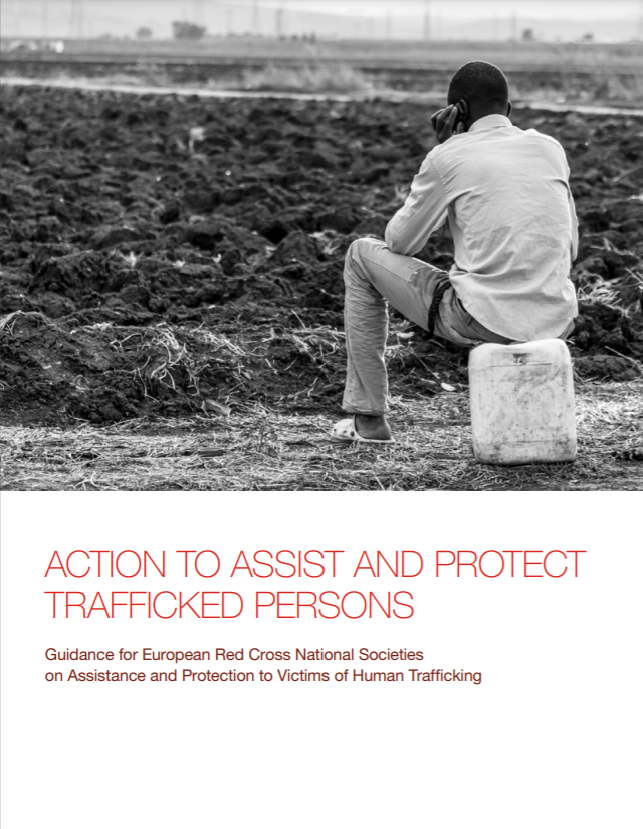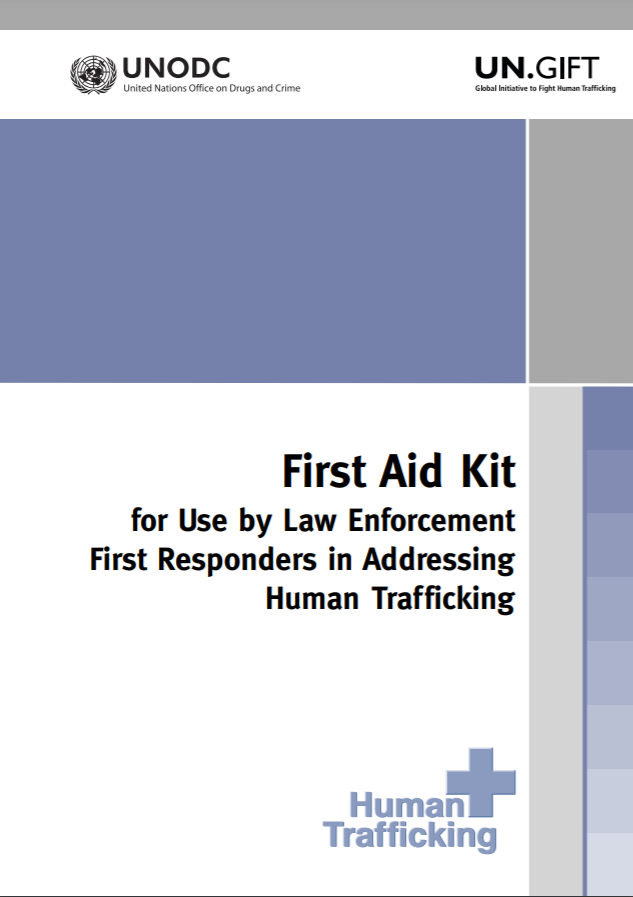Yearbook on Illegal Migration, Human Smuggling and Trafficking in Central and Eastern Europe. A Survey and Analysis of Border Management and Border Apprehension Data from 2010

Smuggling and Trafficking in Central and Eastern Europe. The yearbook gives an overview of developments in the area of irregular migration, human smuggling and trafficking in the wider Central and Eastern European region in 2010.
The information provided in the yearbook was collected through a questionnaire distributed to border agencies, ministries of the interior and other national authorities dealing with issues related to irregular migration. The data is directly obtained from states’ authorities and therefore provides authentic information as reported by the contact points. The country chapters summarise the developments in each of the countries or territories.
After many years of decreasing numbers of apprehensions, the overall numbers of migration-related border apprehensions increased slightly in the region in 2010. While Greece and Turkey remained the countries reporting by far the most apprehensions, considerable numbers of apprehensions were also found in Albania as well as in Hungary. Citizens from Ukraine and the Russian Federation were often among the top citizenship groups apprehended for illegal entry or stay in the region. The number of human smugglers apprehended decreased, while the number of smuggled persons increased in the region. Also, the number of victims of trafficking increased in the region. The special topic of this year’s edition is detention of asylum seekers and migrants prior to deportation. The data provided in this yearbook provides a unique overview
of practices and statistics on the detention of migrants in terms of the use of detention centres, numbers of persons in detention and maximum duration allowed for detaining migrants. The yearbook aims to support fact-based discussions on irregular migration and contribute to well-informed policy decisions.
Country
Worldwide
Region
Worldwide
Year
2013
Topics





